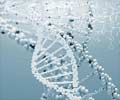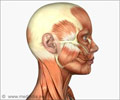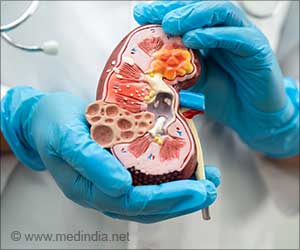A clinical trial for gene therapy to replace the genetic defect causing the most common form of muscular dystrophy has revealed that some patients mount an immune response to the dystrophin

"These findings are going to be studied intensely going forward, and should help us to understand how to better tailor our treatment approaches to suit the patients' needs," said R. Jude Samulski, professor of pharmacology and director of the Gene Therapy Center at UNC.
Duchenne muscular dystrophy is a genetic disease that causes progressive muscle weakness, and usually leads to death by the age of twenty from respiratory or cardiac muscle failure. The illness, which primarily affects boys, occurs when a gene on the X chromosome fails to make the essential muscle protein dystrophin.
The use of gene therapy is to inject a smaller yet functional version of the gene - called a minigene - within the viral carrier.
The researchers found that the immune response to the gene varied from patient to patient, perhaps in part because the patients harboured different amounts of "revertant" dystrophin fibers, fibers that have escaped the fate of their mutation. Further studies are needed, but this finding suggests that some patients may benefit from immunosuppression prior to receiving gene therapy.
One lesson from this study suggests that keeping a close eye on the immune-response profiles of patients could help to enhance the success of not just gene therapy, but also other therapies aimed at restoring dystrophin activity.
Advertisement
Source-ANI










